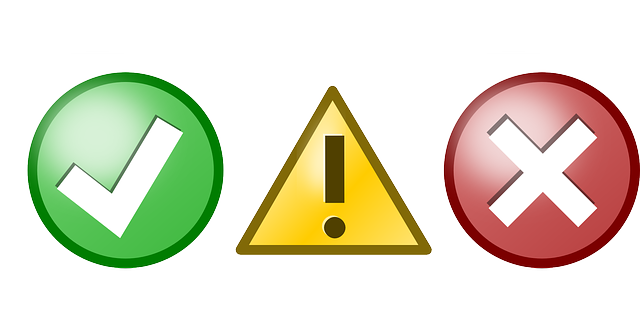How to Use Marketing Automation, and Not
Here are three tips to dramatically improve ROI on marketing automation:
Save the bulk of your marketing automation efforts for lower-level executives: Senior executives are not as responsive to marketing automation as their junior counterparts: Senior execs do not want to be treated like the human equivalent of a pinball—capturing your attention only after hitting the right bumpers and scoring enough points. High-ranking executives are about 2.5 times more likely to respond to a quality multi-touch campaign (calls, voicemails, emails, and in some cases direct mail) than are their direct reports. Whether or not they have assigned junior staff to do research, it pays to reach out directly to more senior decision makers—in the way he or she prefers. If your targets are senior, I recommend you test a multi-touch campaign against an automated marketing effort to determine which is the most cost effective.
The top 30% of your prospect base (larger organizations, in the right verticals, with the optimal environment, etc.) should be pulled out of automated marketing campaigns: If you wait for these targets to raise their hands by downloading a whitepaper or attending a webinar, you are going to lose revenue to more agile competitors. In the best-case scenario, you will be invited in too late and become column fodder. Worst case, you will be unaware of an evaluation you might have had the chance to win.
It should come as no surprise that I recommend not using email as the exclusive channel to reach prospects: Automating the right process is smart. Using automation exclusively is not. Marketers must continue conversations online and through integration and coordination with additional outbound tactics (e.g., direct mail and personalized tele-prospecting outreach).”
Automated marketing does make sense in some situations. These include renewals, consumable purchases, webinar reminders and follow-up, and automated follow-up after a prospect downloads content. (There are more, of course.) The problem is that the scoring algorithms are not frequently validated or calibrated
My recommendation is that in addition to the 30% of prospects that are more strategic (discussed in #2 above), you hold back an additional 10% of prospects (from the pool of prospects that are recipients of automated marketing) and use a multi-touch approach to reach them.
You already know how many inquiries or deals you get per 1,000 emails, but do you know the opportunity cost of using email only? In other words, how much money are you leaving on the table?
By picking up the telephone to talk to people, you will receive feedback on content they value and content they ignore. You might re-segment your target market and shift segments into the 30% while some of the previously 30% club drops to a lower ranking. In talking with prospects, you will glean more insight into their pains, their perceptions about solutions, and their actual plans than you ever will via scores from marketing automation alone.
I am not suggesting you ditch marketing automation altogether. Just measure the benefit of human touch against the incremental cost.
You might also learn, as we have by conducting the testing that I am describing here, that high scores do not necessarily translate into better prospects. In fact, just the opposite can be true.
For example, for one IT security company, consumers of three to five pieces of content were much better prospects than those individuals who consumed six or more pieces of content. In most companies, leads are sent to the sales force too soon. However, in the case of the IT security company, if only those who consumed six plus pieces of content were sent to sales as leads, they would be receiving poor leads.
Marketing automation has made it possible to get more, poor-quality, leads to sales faster than ever. But it does not have to be that way.
If you follow my advice, you will find yourself doing more calibrating than validating your marketing automation and being guided toward a more balanced prospecting approach with better results.
Want to learn more? Call me at 770-262-9021 or email dan.mcdade@prospect-experience.com

